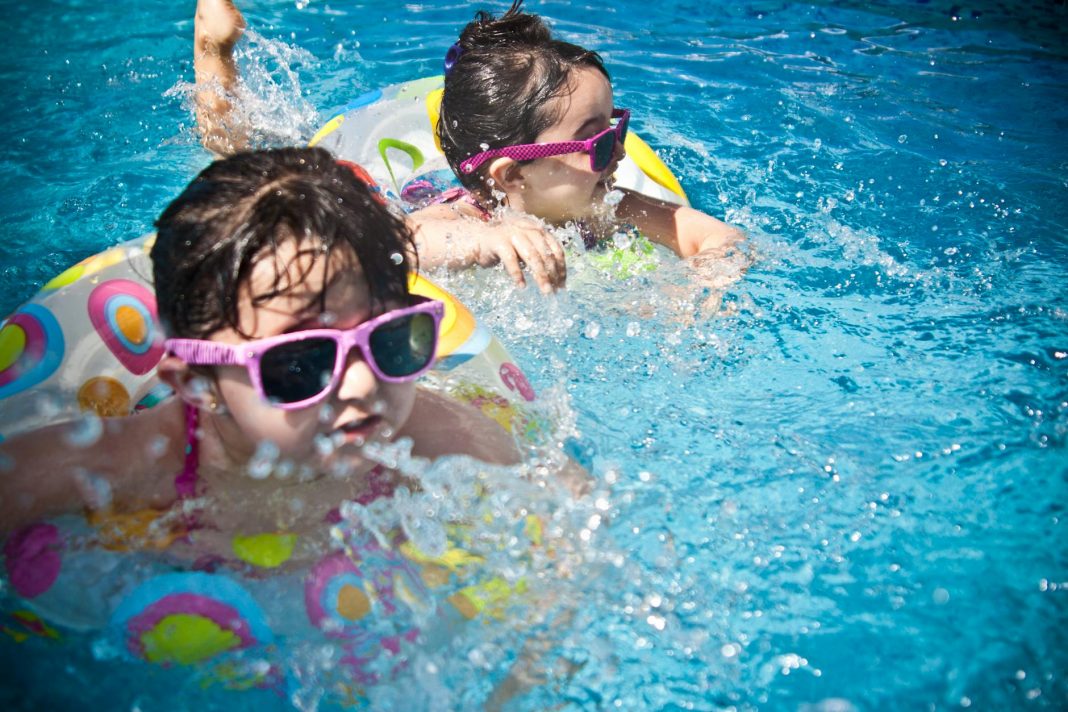Let’s be honest, parenting is a wild ride. One minute you’re basking in the joy of a tiny human’s giggle, the next you’re wrestling with a toddler-sized tornado of epic proportions. And somewhere in between those moments lies the often-confusing world of discipline and boundaries. This isn’t about being a drill sergeant; it’s about raising happy, well-adjusted kids who understand limits and respect themselves and others. The Tame-the-Chaos Guide to Family Harmony: Boundaries & Positive Discipline
Why Boundaries Matter (Beyond Just “No!”)
Boundaries aren’t just about saying “no.” They’re about creating a safe and predictable environment for your child. Think of them as guardrails on a rollercoaster – they keep things exciting, but also safe. Clear boundaries help kids learn:
- Self-control: Knowing where the lines are helps them regulate their own behavior.
- Respect: Boundaries teach them to respect the needs and feelings of others.
- Responsibility: Understanding consequences helps them take ownership of their actions.
- Independencia: Ironically, clear boundaries actually give kids more freedom. When they know the rules, they can operate within those parameters with confidence.
Setting Boundaries that Actually Stick
The key to effective boundaries isn’t about power struggles; it’s about clear communication and consistency. Here’s a practical approach:
- Expectativas adecuadas a la edad: Don’t expect a two-year-old to behave like a ten-year-old. Adjust your expectations to match their developmental stage.
- Frases positivas: Instead of “Don’t run in the house,” try “Let’s walk inside.” Focus on what you *want* them to do, not what you *don’t* want.
- La coherencia es la clave: If a boundary is broken, the consequence should be consistent. This avoids confusion and teaches that actions have consequences.
- Explain the “why”: Kids are more likely to cooperate if they understand the reasoning behind a boundary. Don’t just say “no,” explain why it’s important.
- Involve them (when appropriate): Older kids can participate in setting boundaries or suggesting solutions for problems.
- Model good behavior: Children learn by observing. If you want them to respect boundaries, you need to respect them too.
- Elige tus batallas: Not every infraction requires a major intervention. Pick your battles wisely and focus on the most important rules.
Positive Discipline: Focusing on Solutions, Not Punishment
Punishment often focuses on the negative – what the child *did* wrong. Positive discipline, on the other hand, focuses on teaching and guiding the child toward positive behavior. Here are some helpful techniques:
- Consecuencias naturales: Let them experience the natural outcome of their actions. If they don’t clean up their toys, they might not be able to find the one they want later.
- Consecuencias lógicas: Connect the consequence directly to the misbehavior. If they hit someone, they might lose playtime with that person for a while.
- Tiempos muertos (bien utilizados): Time-outs can be effective, but they should be used calmly and consistently, as a brief opportunity for the child to calm down, not as a punitive measure.
- Resolución de problemas: Help your child identify the problem and brainstorm solutions together. This empowers them and makes them feel involved in the process.
- Refuerzo positivo: Catch them being good! Praise and reward positive behavior to encourage repetition.
- Empatía y comprensión: Try to understand why they are acting a certain way. Sometimes, underlying issues like tiredness, hunger, or frustration might be the root cause.
Behavior Guidance: Helping Your Child Develop Self-Regulation
Behavior guidance is proactive; it’s about preventing problems before they happen. Here are some ideas:
- Establezca rutinas: Predictable routines provide structure and reduce anxiety, reducing likelihood of disruptive behavior.
- Dar opciones: Offering choices gives children a sense of control, which reduces power struggles. “Do you want to wear the blue shirt or the red shirt?”
- Teach coping mechanisms: Help your child develop healthy ways to manage their emotions, such as deep breathing or talking about their feelings.
- Seek professional help when needed: Don’t hesitate to reach out to a therapist, counselor, or other professional if you’re struggling to manage your child’s behavior.
Remember, You’re Doing Great!
Parenting is messy, challenging, and incredibly rewarding. There will be good days and bad days, moments of triumph and moments of utter frustration. The key is to keep learning, keep adapting, and remember that you’re doing your best. Setting boundaries and using positive discipline aren’t about perfection; it’s about creating a loving and supportive environment where your child can thrive. You’ve got this!

